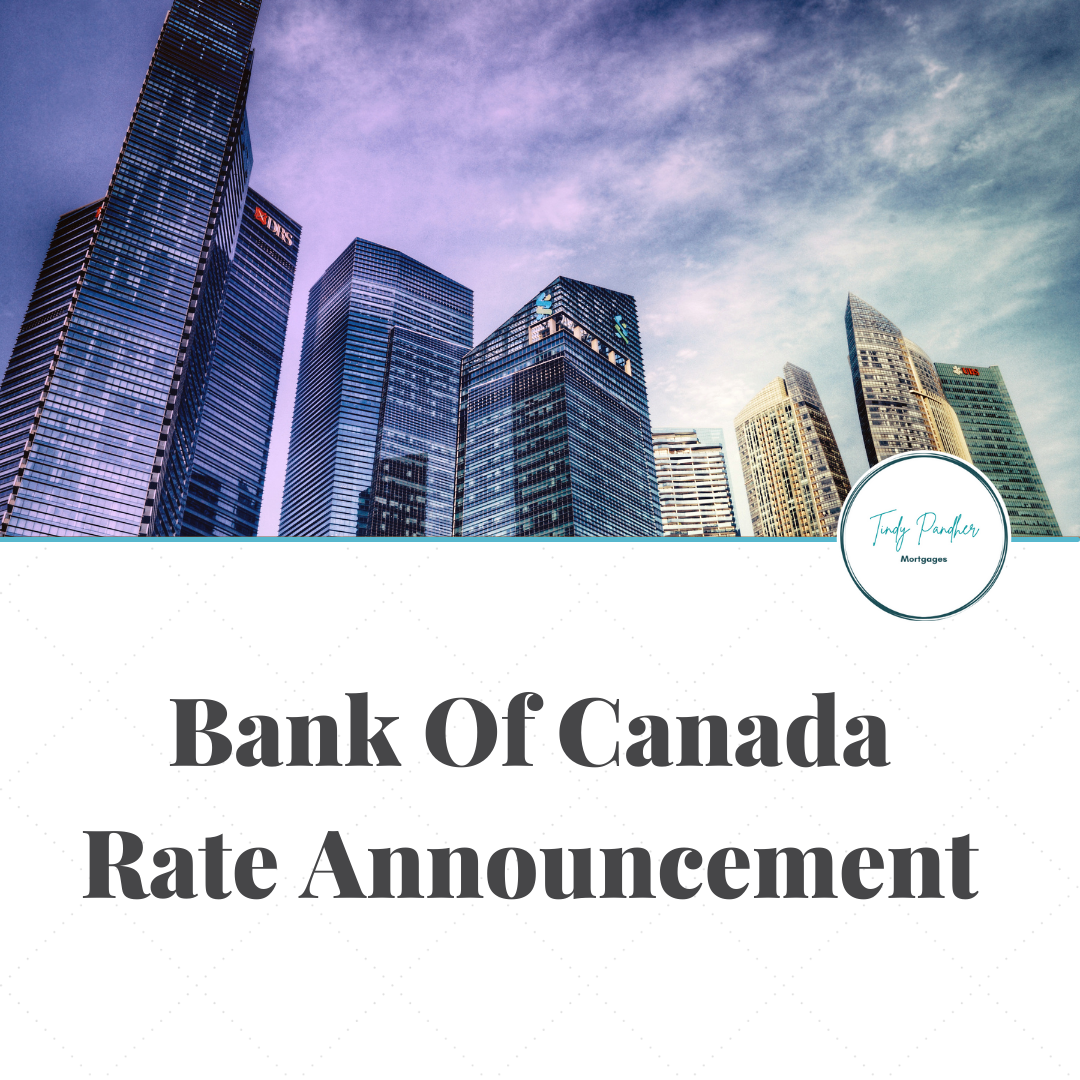3 Reasons to Use an Independent Mortgage Professional!

If you need to borrow money to finance any property, working with an independent mortgage professional will save you money, time, and provide you with better options than your bank.
And if that is the only sentence you read in this entire article, you already know all you need to. However, if you’d like to dig a little deeper, here are three reasons why working with an independent mortgage professional is in your best interest.
The best mortgage is the one that costs you the least over the life of your mortgage. An independent mortgage professional will guide you.
All mortgages are NOT created equal. Unfortunately, slick marketing and consumerism have led us to believe that the lowest “sticker price” equals the best value. As it relates to mortgages, we’re led to believe that the lowest rate equals the best mortgage. However, this is entirely wrong.
When considering which mortgage is the best for you, you’ll want to find one that will cost you the least over the total length of the mortgage. There are so many more factors to consider than just rates, such as the initial term, fixed or variable, amortization, or any potential penalty to break the mortgage (should you need to sell the property before the end of your term).
An independent mortgage professional will outline all your options, and help you find the mortgage that best suits your needs. Sometimes taking a mortgage with a bit of a higher rate makes sense if it gives you flexibility down the line to avoid huge payout penalties.
Save time and protect yourself by submitting one mortgage application, and let an independent mortgage professional find the best product for you.
Let’s face it; getting a mortgage can be challenging enough on its own. Everyone’s financial situation is a little different and making sense of lender guidelines is a full-time job in itself. When you work with an independent mortgage professional, you submit a single mortgage application, all your documentation is collected upfront, and one credit report is taken.
Your mortgage professional will then compare your mortgage application and financial situation to various lender guidelines and provide you with the best mortgage options (from their expert opinion). By allowing your mortgage professional to do all the research with multiple lenders, you save time while being provided with more options than you’d have available to you if you did all the work on your own, a win-win situation.
An independent mortgage professional works for you, on your behalf, while a bank specialist works for the bank and has the banks best interest in mind.
It’s no secret that Canadian banks make A LOT of money. It seems every quarter they turn billions of dollars in profit (despite the economic environment). They do this at the expense of their customers by charging as much interest as they can while locking clients into mortgages with fine print that costs them a lot of money down the line if they need to break their mortgage.
Bank employee’s work for the bank, they are paid by the bank to make money for the bank. In contrast, independent mortgage professionals are provincially licenced to work for their clients and are paid a standardized placement or finder’s fee for matching borrowers with lenders.
When you work with a single bank, you only have access to the products of that bank. When you work with an independent mortgage professional, you have access to all of the lenders that mortgage professional works with and all of their products.
If your goal is to find the best mortgage, one that costs you the least over time, you need product options. And independent mortgage professional provides you with this.
If you’d like to discuss mortgage financing, as an independent mortgage professional, I would love to work with you. Contact me anytime.
SHARE
Tindy Pandher

RECENT POSTS



